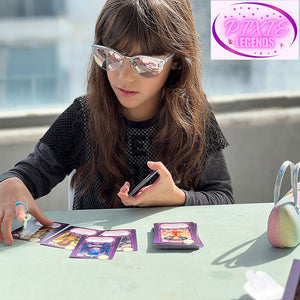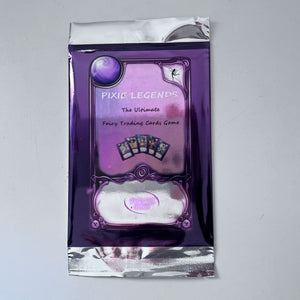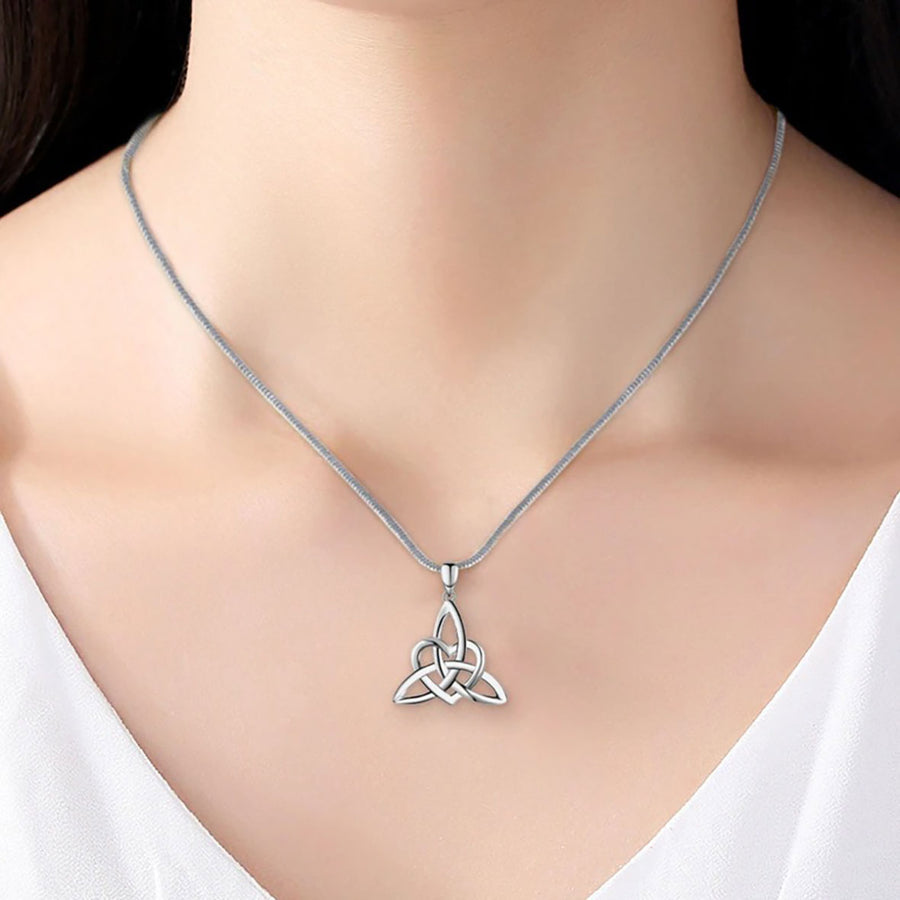The mythologies in France encompass ancient legends and stories about heroic and divine beings. In the earlier days, France was divided into 34 provinces which were governed under the regime of the King. However, most provinces existed independently and belonged to different racial groups. Following this, each province developed its unique traditions and mythological beliefs. This is the reason why a variety of myths and legends have survived across contemporary France. French folklore is greatly influenced by the legends and tales of the Celts and the Bretons that migrated from England and Ireland to the French region. Let’s look at the mystical and supernatural creatures that exist in French folklore.
Tarasque
A Tarasque is a fearsome dragon-like mythological creature described as having a lion-like head and a body covered with the turtle-like carapace. Legend says that it is six feet tall with bear-like claws, a scaly tail resembling a serpent’s tail, and has poison breath. The King of Nerluc battled the ferocious Tarasque with knights and weapons, but it was Saint Martha who tamed the beast through hymns and prayers. Even after the beast was tamed, the townspeople killed it but later regretted their actions. To compensate for their mistake, the named their town Tarascon in honor of the slain beast.
Lou Carcolh
The Lou Carcolh is a magical beast from French folklore. It is described as being both a mollusk and a serpent at the same time. It is said to possess characteristics of both animals with a massive and long body with an enormous shell on its back, similar to a snail’s shell. It is believed to live in underground caves in southwest France. Its gaping mouth is surrounded by long, hairy, and slime-covered tentacles that stretch out for a long-distance and help catch its prey. The Lou Carcolh is said to drag its victim with his long tentacles into its cave and swallow him whole.
Lutin
A Lutin is a type of hobgoblin in French fairy tales and folklore, and its role is similar to that of household spirits in England, Scandinavia, and Germany. In other cultures, this type of hobgoblin is referred to as fairy, elf, pixie, gnome, imp, sprite, dwarf, leprechaun, and many other creatures. It can sometimes transform itself into a horse, saddled and ready to ride. They are also known to tangle people’s or horses’ hair into elf-locks sometimes.
Loup Garou
Traditional stories of the Loup Garou originate in French Canadian, and European folklore. The creature is also called lycanthrope or werewolf. A Loup Garou is believed to be a man who can transform into an animal, often a wolf. In French folklore, the animal is usually a dog, but it can also take the form of a cat, an owl, a pig, a small ox, or a calf. A Loup Garou is believed to be a cursed man. In the French tradition, a guilty Loup Garou is usually a bad Christian, probably one who did not confess during Easter could become cursed into becoming a werewolf. It is believed that the curse could last up to 101 days. Every evening, the victim would turn into an animal and wander the countryside. The spell could be broken if someone recognized the person and drew blood from the animal. The tale of the Loup Garou is tied to Catholic mortality; shedding blood could free a cursed man.
Dames Blanches
In French mythology or folklore, Dames Blanches were female supernatural beings or spirits. The literal translation of the term is white ladies. In France, the Dames Blanches are popular in the regions of Normandy and Lorraine and have been sighted in Occitan and the Pyrenees mountains. They are known to live in narrow places like ravines, bridges or fords, and attract the attention of passersby. Legend says that they would stop someone and ask them to join her in dance or assist her in a certain way in order to pass. If the passerby offered her assistance, she would make him courtesies and disappear. However, if he refused to play along with her whims, he would meet an unfortunate fate.
Matagot
A Matagot, also called Mandagot, is a spirit that appears in the form of an animal, sometimes a black cat, rat, fox, dog, or cow. They are generally sinister spirits but may prove helpful in some cases, like the story of the ‘magician cat’ that brings wealth into a home where it is well fed. According to tradition, a matagot can be lured by feeding it fresh and plump chicken, then carrying it to its new home without looking back. If the magical cat is given the first bite of food and drinks regularly at mealtimes, it repays its owner with a gold coin every morning. However, in the Gascony tradition, it is said that the Matagot should not be kept for life, or else its owner would suffer greatly before death until it is freed.
Nain Rouge
The Nain Rouge also called the ‘Demon of the Strait,’ is a legendary creature whose appearance is said to be an omen of misfortune. Legend describes the Nain Rogue as a red dwarf with bright, glistening eyes. It had peculiar eyes that froze instead of burning, emitted a cold gleam instead of possessing any depth. He had sharp, pointy teeth, and his strange face surprised and astounded any person who set eyes on him. Some accounts describe the Nain Rouge as a tiny creature whose animal body was covered with red or black fur, and his face was that of an older man. It is said that this harbinger was spotted before many catastrophic events like the Battle of Bloody Run, the fire in 1805, the 1812 War, the 12th Street Riot in 1967, and the 1976 snowstorm.
French mythology is rich with tales of magical creatures and supernatural beings. Stories of Gargouilles, Guivres, Quinotaurs, Melusines, the Beast of Gevaudan, and many other mystical creatures are all part of French folklore.









